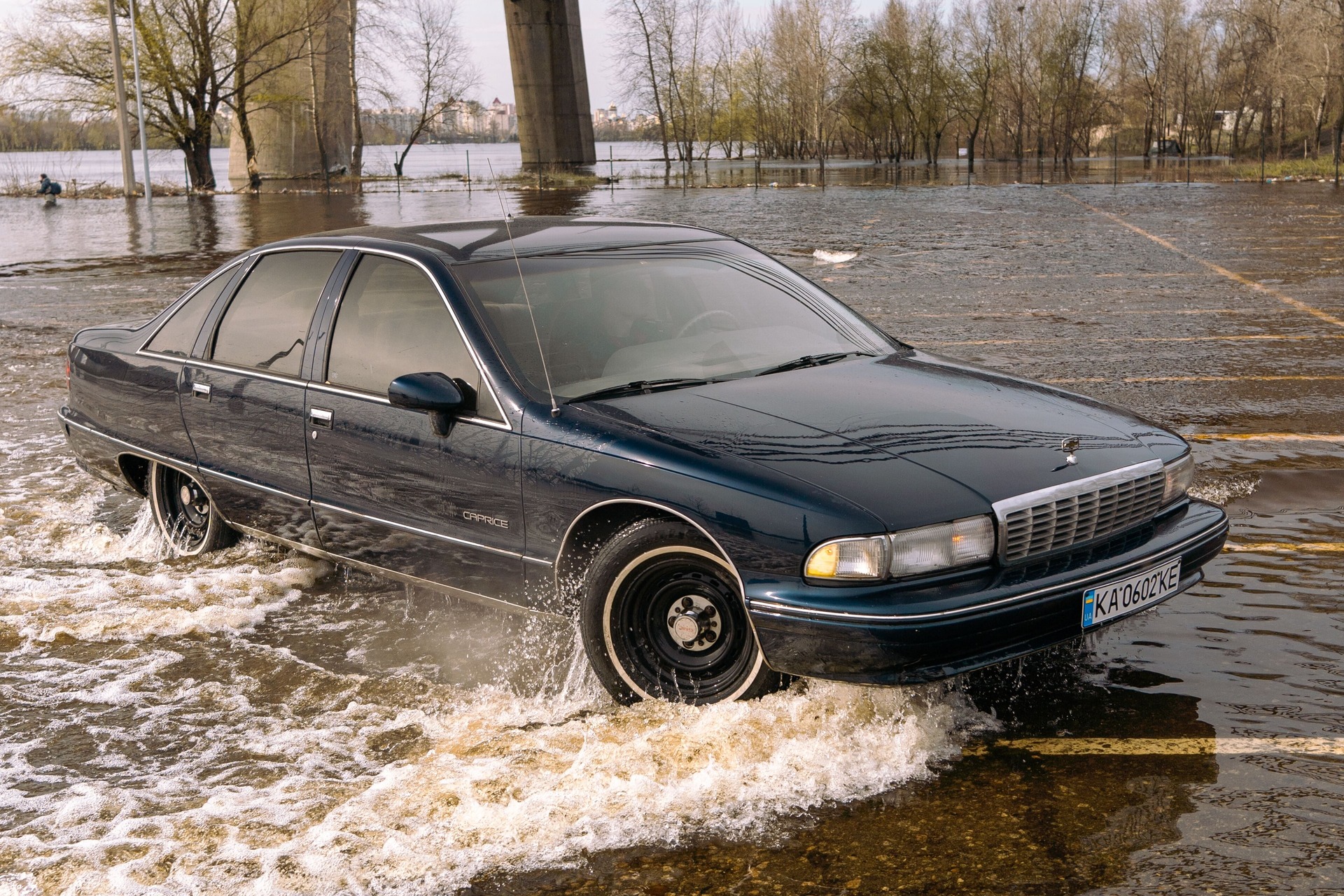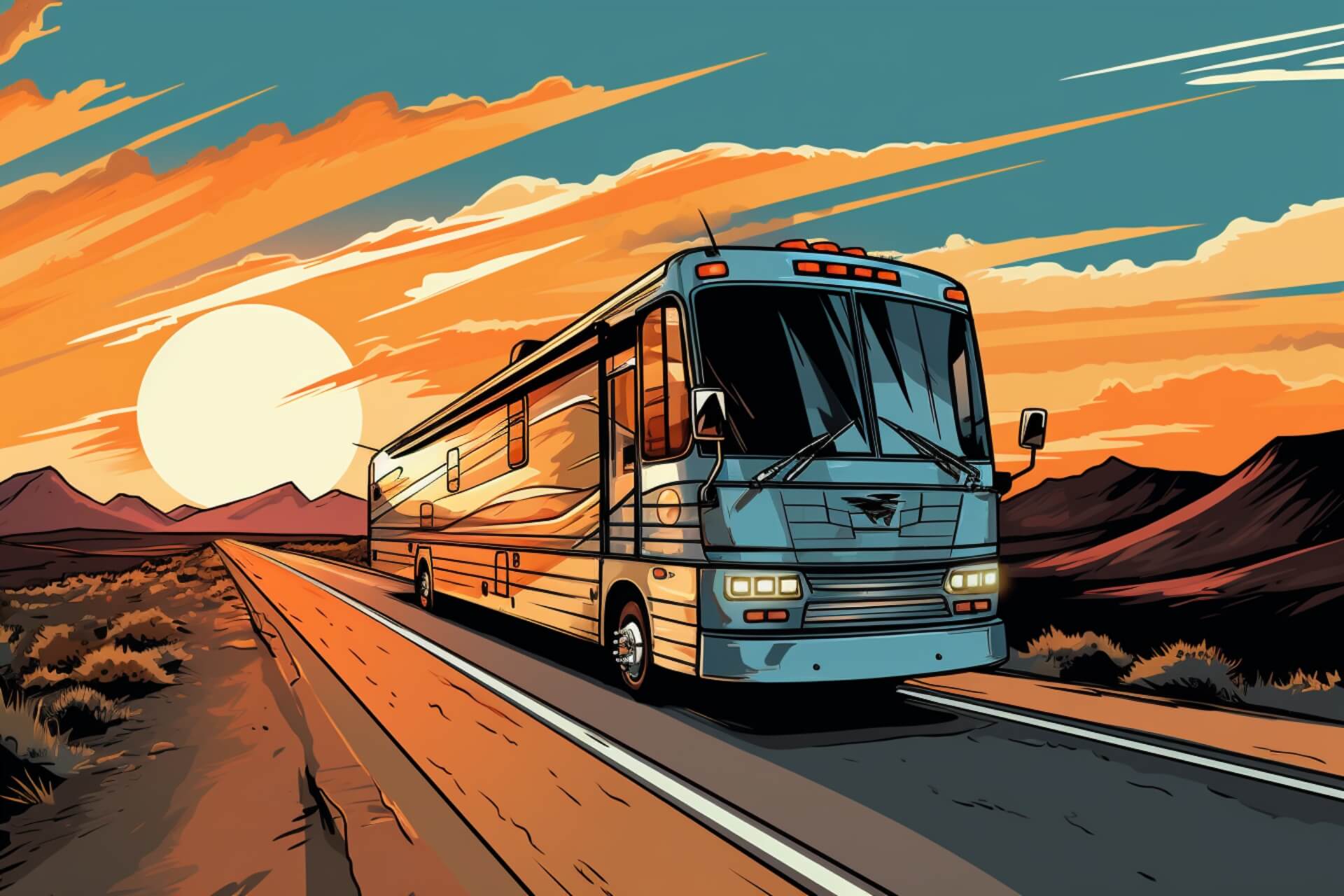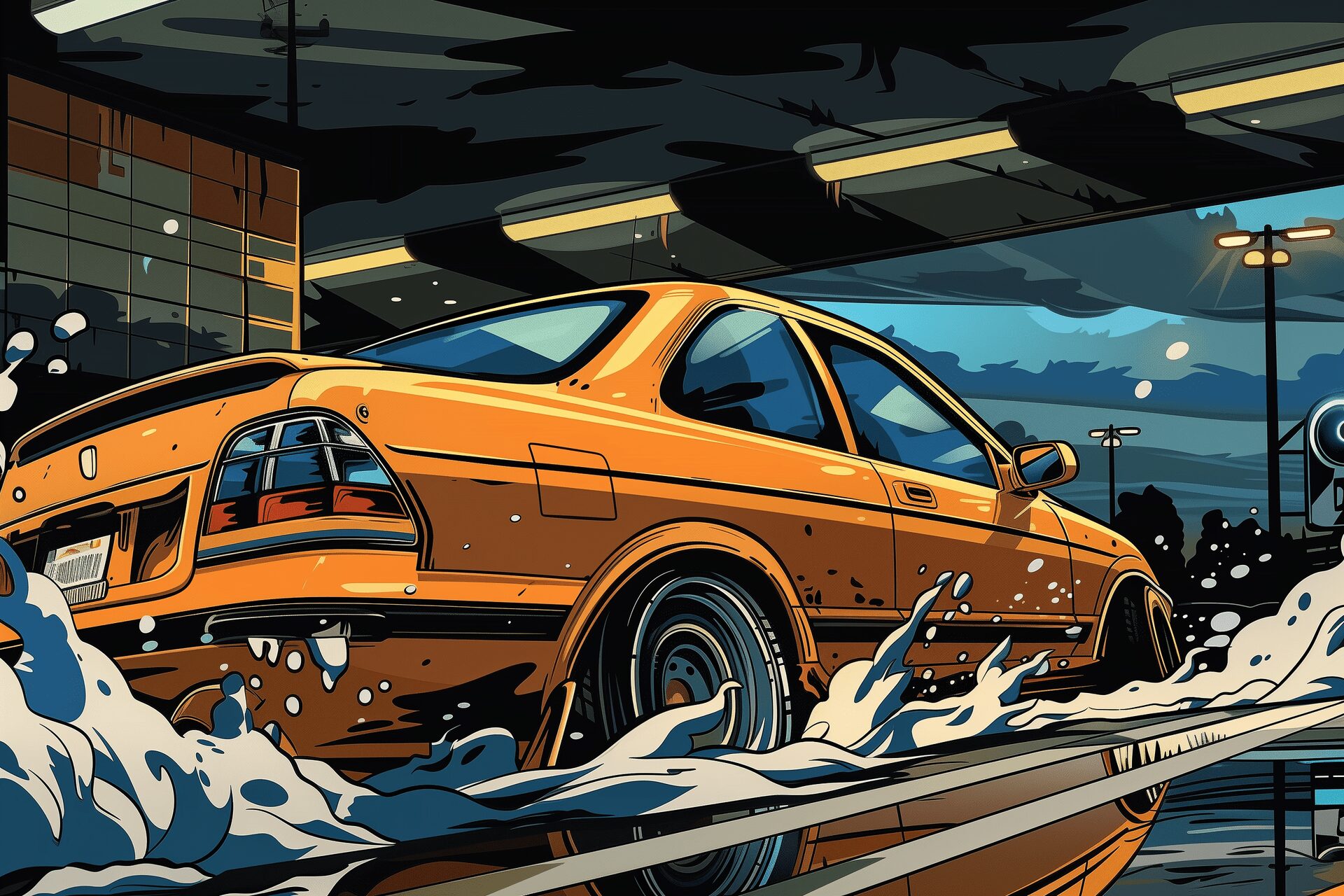Signs of Water Damage In Your Car
Jan 08, 2018

As an Amazon Associate, Modded gets commissions for purchases made through links in this post.
2017 brought some of the most intense hurricanes the USA has seen in decades, and while the media tends to focus their coverage on damage to homes and infrastructure for good reason, a staggering number of vehicles were damaged in the wet weather as well.
Flooding occurs almost every year in some part of the states, but we usually don’t notice a high number of water-damaged cars entering the market all at once. That was exactly what happened this year, as owners of vehicles damaged by Hurricanes Harvey, Irma and Maria quickly moved to offload damaged vehicles.
Even though it’s not very fair to potential customers to place a water-damaged car up for sale without declaring that the car has been damaged, it still happens. That’s why you’ve got to know how to spot the signs of a car that’s been in a flood. But what are they?
A Salvage Title
Here’s your sign. There are several criteria that require an owner to sell a car under a salvage title. Water damage is one of them. When a car weathers a flood, you risk failing electronics, failing mechanical parts and corrosion from saltwater. All those things explain why legally, a seller needs to declare a flood-damaged car.
With that out of the way, this article wouldn’t be here if it was always as simple as asking. Flood cars can appear to be in great working order. If you notice a salvage title, even if the dealer says it’s not because of flooding, your best bet is just to walk away. It might look like a steal, but you could be signing up for a tormenting ownership experience.
If the dealer tells you the car is good, but you want to be extra cautious, you can run the vehicle identification number with a reputable source to see if it has flood damage on record. Don’t let your guard down too quickly, though. The damage has to be reported in the first place, or it won’t appear on the car’s record. Learn how you can spot signs of water damage by yourself.
This Doesn’t Smell Right
Your nose can be your best tool to determine whether a car has been affected by water damage. Even after a thorough job with the shop vac, mildew is incredibly hard to get out of a car. If you notice a car has an excessively strong air freshener, it could be a red flag. To get a better sniff, close the windows and doors and sit inside the car. Mildew and other strong scents are almost always signs of water damage.
Test Electronics and Lights
Understandably, water damage typically has the effect of taking out electronics. Some of these can be replaced, but it’s difficult to completely overhaul the electrical system in a car with severe water damage.
Take a look at the interior lights to make sure everything works as intended and dimmers are functional. Also, examine the lenses on your exterior lights. Is there excessive condensation inside them? That’s a red flag that you shouldn’t purchase this car.
Corrosion of electrical components can be easy to spot if you know what to look for. Brittle wires in general are an indication of exposure to excess moisture. Discoloration around the ends of electrical connectors and white, green or bluish fuzz can tip you off if a car has taken a prolonged dip.
Also, check the battery terminals on the car — though you can expect some corrosion on those if the area gets rain — and electrical components under the hood. Turn the air conditioning and heat on and off, test the automatic locks and make sure the windows roll up and down.
Stains on Carpet and Upholstery
Floodwater isn’t clean. When a car’s interior is exposed to it for prolonged periods of time, the fabric will be discolored. If you suspect that flooding has damaged a car, check the carpet and mats carefully.
Pull the floor mats up and look beneath them, and check the spaces between seat cushions for discoloration. Depending on how severely the car was affected by the flooding, you might even find mud, sand or mold in small cracks and crevices.
Rust
You do not want to end up the owner of a car suffering from rust, and flood cars are some of the highest-risk vehicles for this type of sheet metal corrosion. Bodywork to repair a rusty car is expensive, and the car will never be right unless you throw down for entirely new panels.
Make sure to check inside door sills, along folds in the sheet metal, under the hood and in the car’s suspension itself. You’ll need a mechanic to inspect the car on a lift to be sure it is clean if it has been exposed to water.
Check the Spare Tire Compartment
Not all cars have a spare tire compartment, but many passenger cars do, and it’s not the first place someone thinks to clean up after recovering a car from a flood.
Pull up the trunk carpeting and check beneath where the spare lives to see if you can spot signs of water damage. You might find mildew, mold or rust growing in there. If you do, that car’s a no-go.
Mechanical Issues
When we think of a car being broken, the motor is often the first thing that comes to mind. Your power plant is in danger when a car is flooded, and even though it’s not the only item to consider, you could be left stranded by a water-damaged car depending on how bad things got.
Take a look at the color of your oil and transmission fluid. If water has gotten into it, it will have a white, frothy quality. This indicates a risk of internal component failure and should be taken very seriously. If a car has taken water into the intake, it can damage pistons, valves, spark plugs and other essential engine components that you don’t want to pay someone to replace.
The best way to spot these types of issues is to drive the car. A test drive should always be part of your pre-purchase routine, just like having a mechanic inspect the car.
Stay Dry
Finding the car you’ve been looking for at a price you can’t resist is always exciting. Just remember that as the buyer, you are in control. There’s no obligation to go through with the purchase, and you can always find another car. If you see the signs of water damage, walk the other way. It’s always the best choice.





